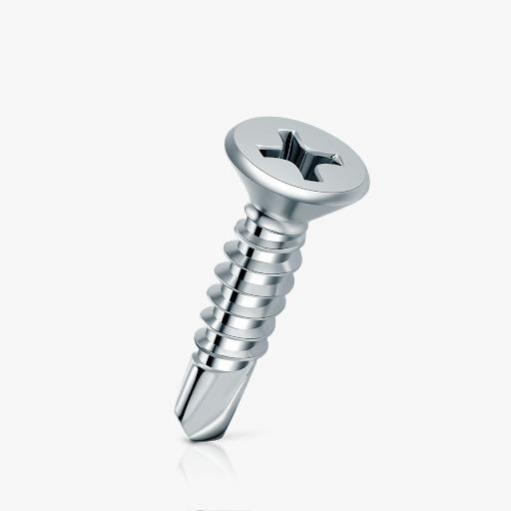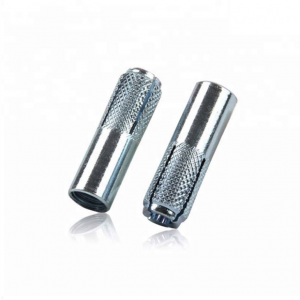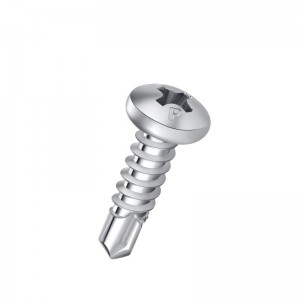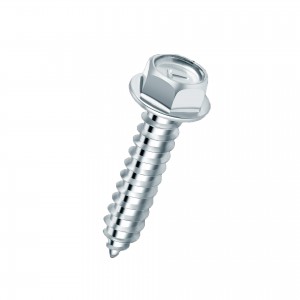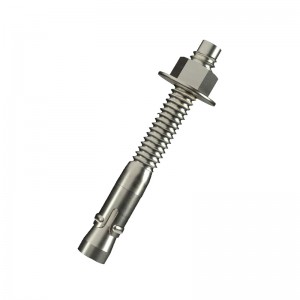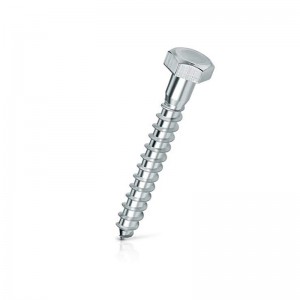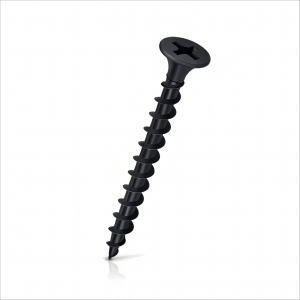Handan Double Blue Fastener
Csk Head Self Drilling Screw
Description
Drywall screws have become the standard fastener for securing full or partial sheets of drywall to wall studs or ceiling joists. Drywall screws’ lengths and gauges, thread types, heads, points, and composition at first might seem incomprehensible. But within the area of do-it-yourself home improvement, this vast range of choices narrows down to just a few well-defined picks that work within the limited types of uses encountered by most homeowners. Even having a good handle on just the three main features of drywall screws will help drywall screw length, gauge, and thread.
Application of Drywall Screws
Drywall screws are the best way to fasten the drywall to the base material. With a wide range of products and good quality, our drywall screws provide you the perfect solution for different kinds of drywall structures.
Installation Steps of drywall screws
1.Drywall screws are easy to use if you choose the right screws and proper driven fasteners.
2.Select the appropriate size of drywall screws. Ensure that the length of the screw is at least 10mm more than the thickness of the drywall.
3.Mark off where the studs are, lift the drywall panel to the right place. Make sure the screws are no less than 6.5mm to the edge of the drywall.
4.Adjust the screw gun for the proper depth, and put the collated drywall screws on it.
5.Hold the drywall tightly, and use the screw gun to screw the screws into the drywall and base materials.
6.Remove the screws that missed the studs.
Product Benefits
Strong and reliable connection between pieces of wood
Versatile and easy to use
Wide range of sizes and head styles to suit any application
Made from high-quality materials for durability and corrosion resistance
Can be used in a variety of woodworking and DIY projects
Can be removed and reused if necessary
Product Applications
Joining two pieces of wood together
Attaching wood to other materials such as metal or plastic
Hanging shelves, cabinets, or other fixtures
Repairing or replacing wooden parts in furniture or structures
Building decks, fences, or other outdoor structures
contact us to get best quotation
- English
- French
- German
- Portuguese
- Spanish
- Russian
- Japanese
- Korean
- Arabic
- Irish
- Greek
- Turkish
- Italian
- Danish
- Romanian
- Indonesian
- Czech
- Afrikaans
- Swedish
- Polish
- Basque
- Catalan
- Esperanto
- Hindi
- Lao
- Albanian
- Amharic
- Armenian
- Azerbaijani
- Belarusian
- Bengali
- Bosnian
- Bulgarian
- Cebuano
- Chichewa
- Corsican
- Croatian
- Dutch
- Estonian
- Filipino
- Finnish
- Frisian
- Galician
- Georgian
- Gujarati
- Haitian
- Hausa
- Hawaiian
- Hebrew
- Hmong
- Hungarian
- Icelandic
- Igbo
- Javanese
- Kannada
- Kazakh
- Khmer
- Kurdish
- Kyrgyz
- Latin
- Latvian
- Lithuanian
- Luxembou..
- Macedonian
- Malagasy
- Malay
- Malayalam
- Maltese
- Maori
- Marathi
- Mongolian
- Burmese
- Nepali
- Norwegian
- Pashto
- Persian
- Punjabi
- Serbian
- Sesotho
- Sinhala
- Slovak
- Slovenian
- Somali
- Samoan
- Scots Gaelic
- Shona
- Sindhi
- Sundanese
- Swahili
- Tajik
- Tamil
- Telugu
- Thai
- Ukrainian
- Urdu
- Uzbek
- Vietnamese
- Welsh
- Xhosa
- Yiddish
- Yoruba
- Zulu
- Kinyarwanda
- Tatar
- Oriya
- Turkmen
- Uyghur




